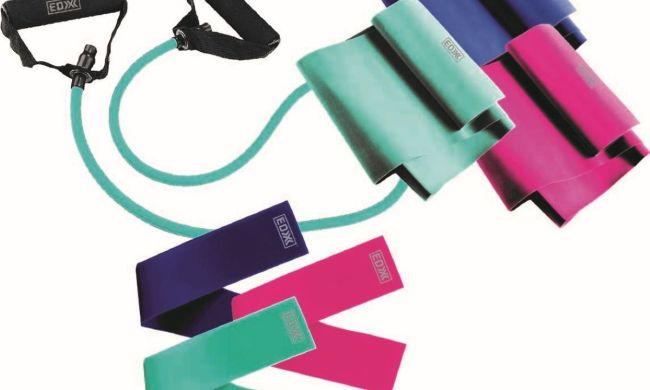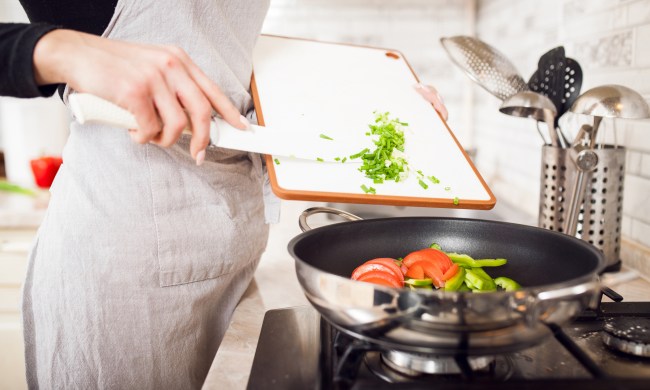Clean wine, similar to clean eating, is all about getting rid of overpackaged, processed, and artificial ingredients in the wine-making process. Standard wine today has a variety of added ingredients designed to preserve and prolong shelf life and enhance the flavor, color, scent, and scent of the product.
The industry has not agreed to a standard definition or process for clean wines
There is, however, a growing consensus that clean wines are those that are made from organically grown grapes, grown through eco-conscious farming and pesticide-free production processes. Moreover, sulfites aren’t used much at all, and if they are, then they must stick to a 100 part per million (ppm) standard.
By keeping to sustainable farming methods, clean winemakers preserve the taste of the wine you love without chemical additives.

How to choose clean wines
To find the best clean wines, you’ll need to act as an investigator and check out the wine’s label. The brand might claim that it’s clean, but the label should tell you the real story. Look for things such as whether the wine is vegan, made from organic grapes, and has zero additives. Some brands don’t include that information but tout the “clean wine” claim. In these situations, use your best judgment about whether the cleanliness is up to your standard.
To ensure that the brand you’re interested in is as clean as they say, look for logos from independent bodies like Demeter, SIP, LIVE, etc that certify the bottle as organic, natural, or clean. Additionally, check to see if there’s a USDA or EU seal since organic brands must be certified by these bodies.
Further, you don’t have to sacrifice your budget for these types of wines–clean wine brands are selling their products for as low as $20.
Choosing the right wine for any occasion
Now that you know what to look for on wine labels, there are a few things to keep in mind. The following advice applies equally to all kinds of wine, including clean wines.
First of all, if you’re brand new to wine, you consider choosing a white wine or a rose. Many people prefer sweet wines when they first begin sipping, and move on to dryer red wines
Additionally, for your wine introduction, start with more inexpensive wines. You’ll save cash, and begin to get an idea of what various types of wine taste like, before splurging on your favorites. After purchasing, determine what temperature your new bottle of wine ought to be served at. For example, reds should be served lower than room temperature, around 55°F to 65°F, whereas whites should be chilled but not served freezing, around 45°F.
Becoming familiar with the different types of wine is important if you’re purchasing for a party or a gift for a friend. Knowing your wine can ensure that you’re choosing a fan-favorite that will please the widest number of palates possible.

Drink up!
Buying clean wines, developed by organic grapes and eco-friendly processes is a growing trend. Whether you’re the type to buy a bottle of wine once a month or you tend to go through a few bottles a week, ensuring your wine has no additives and sulfites is the cleaner option, especially for those with food and drink sensitivities.
If you already invest in whole foods and organic produce regularly, purchasing clean wines is a natural progression for you. Read the labels and enjoy what the earth has to offer!
BlissMark provides information regarding health, wellness, and beauty. The information within this article is not intended to be medical advice. Before starting any diet or exercise routine, consult your physician. If you don’t have a primary care physician, the United States Health & Human Services department has a free online tool that can help you locate a clinic in your area. We are not medical professionals, have not verified or vetted any programs, and in no way intend our content to be anything more than informative and inspiring.


